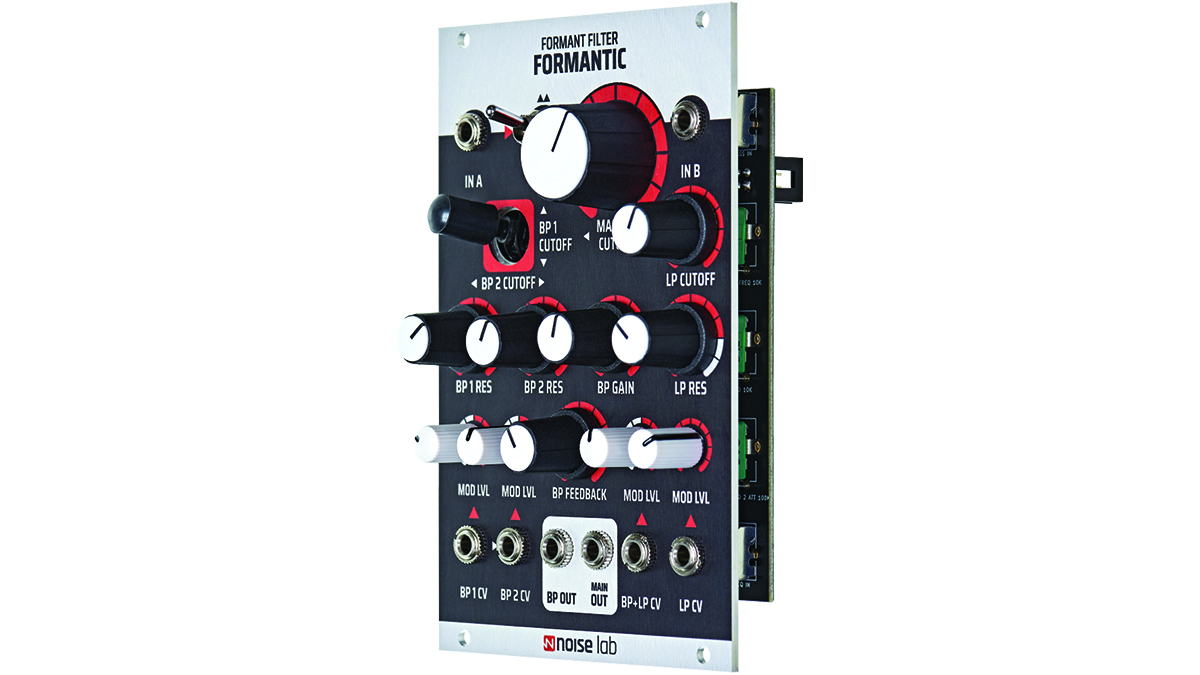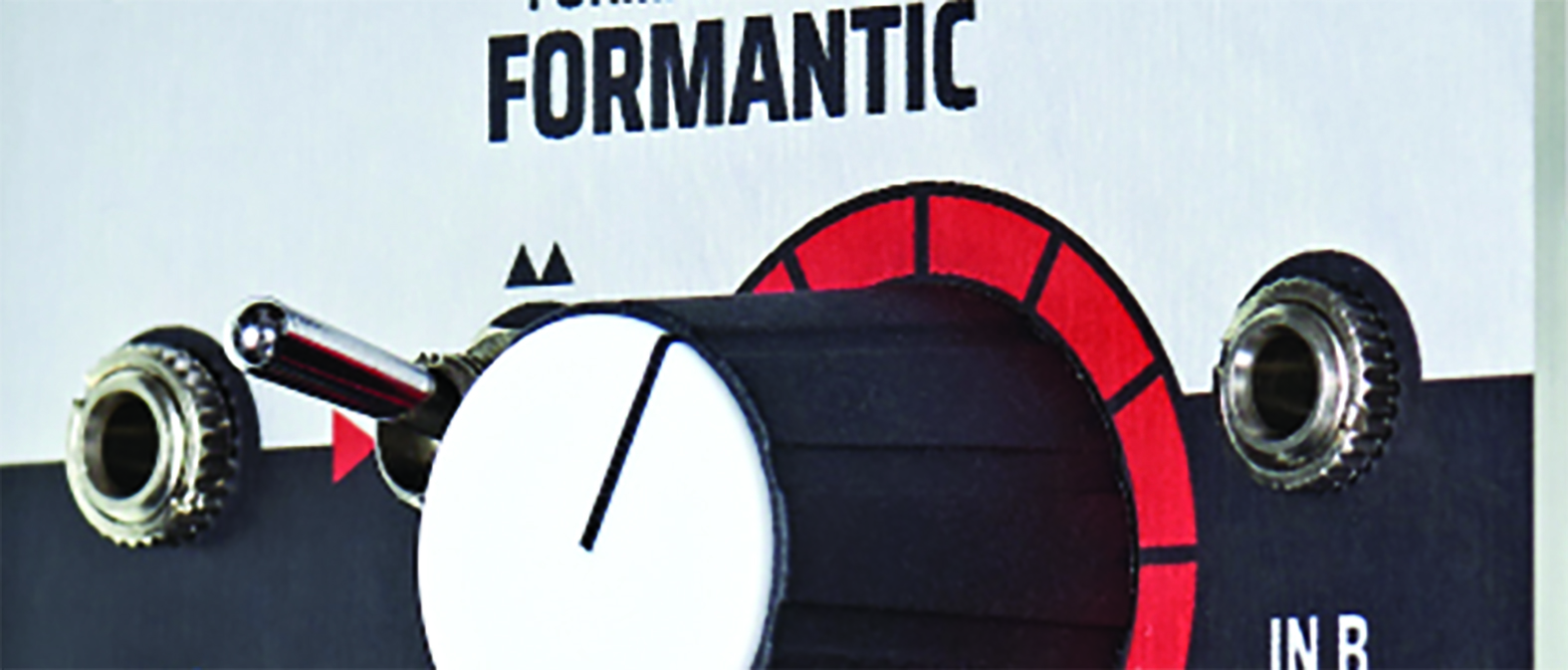MusicRadar Verdict
Takes filters to another level, with bucket loads of manual and CV control, and options for a huge variety of tones, all in a solidly-built module.
Pros
- +
Excellent build quality.
- +
Wide variety of tones on offer.
- +
CV or hands-on control make it good for different applications.
Cons
- -
Joystick is a little small.
MusicRadar's got your back
Noise Lab Formantic: What is it?
Filters are the most common tone-shaping tool used in synthesis and no matter what your preferred option, from band-pass to notch, there will be modules that cater to your needs. That said, some offer more than others, so why stick to a simple single mode filter, when there are other, more versatile, possibilities out there?
That’s where Noise Lab of Sweden steps up, with Formantic. This isn’t the smallest filter module on the market at 16hp, but it delivers a lot for the space with some fun and very useful tricks up its sleeves.

Noise Lab Formantic: Performance and verdict
Formantic is more than just a standard filter. It comes with two band-pass filters, plus a 24dB low-pass filter but, unlike some others, it isn’t a case of pick one option and live with it. Formantic revels in the interplay between the different filters and can do so in some novel and very musical ways.
There are two inputs. The first is routed through all the filters, while the second only passes through the low-pass. Each filter has separate controls for resonance, and frequency and the dominating cutoff knob controls all filters at once, so you dial in individual tones, then effect them all together for ease of use while performing or recording.
While there are CV inputs for each filter, a clever move by Noise Lab is the addition of a joystick, which controls the two band-pass filters, one on the X axis and the other on the Y axis. This makes it easy to set up an overall sound, or to make one that evolves via external modulation but can also be played in the moment using the cutoff knob and joystick. The joystick is a touch on the small side but it is responsive and playable, so only a minor niggle.
When it comes to actually creating formants with this module things really start to become fun. While it never quite sounds like a voice as such, Formantic really delivers on expressive tonal changes, which can be achieved a number of ways, or by combining methods.
Other than manipulating the onboard controls, which is very satisfying indeed and works great in a performance setting, the best way is CV input. What works really well is a combination of clocked modulation, alongside more random voltages. So a simple LFO running into band-pass A’s resonance, while band-pass B gets a more random voltage can yield some impressive results that sound organic in a very musical way. If one of these inputs is clocked then you get a semi-synced expressiveness that is hard to achieve otherwise. On top of that you have a band-pass gain knob, which, while never driving hard, does offer a little hair to your signal.
Want all the hottest music and gear news, reviews, deals, features and more, direct to your inbox? Sign up here.
Then there’s the path switch, which dictates the signal flow behind the scenes, from series to parallel. This makes a marked difference to the output and is worth experimenting with for different tonalities.
MusicRadar verdict: Takes filters to another level, with bucket loads of manual and CV control, and options for a huge variety of tones, all in a solidly-built module.
Noise Lab Formantic: Hands-on demos
Noise Lab Sweden
John Schussler
Noise Lab Formantic: Specifications
- KEY FEATURES: I/O: Two resonant band-pass filters, 24dB low-pass filter, CV controllable, Series and parallel path options.
- CONTACT: Noise Lab


